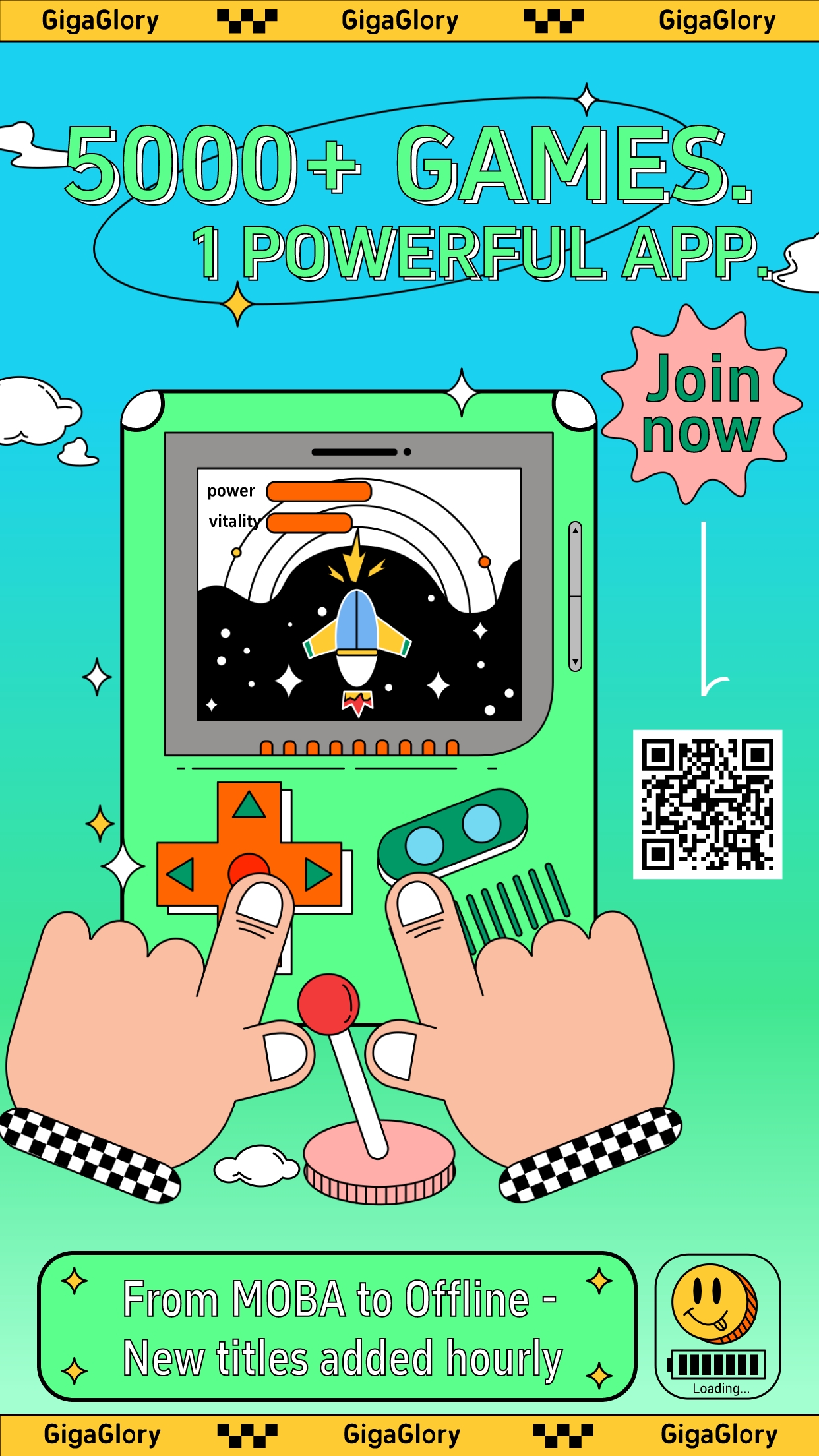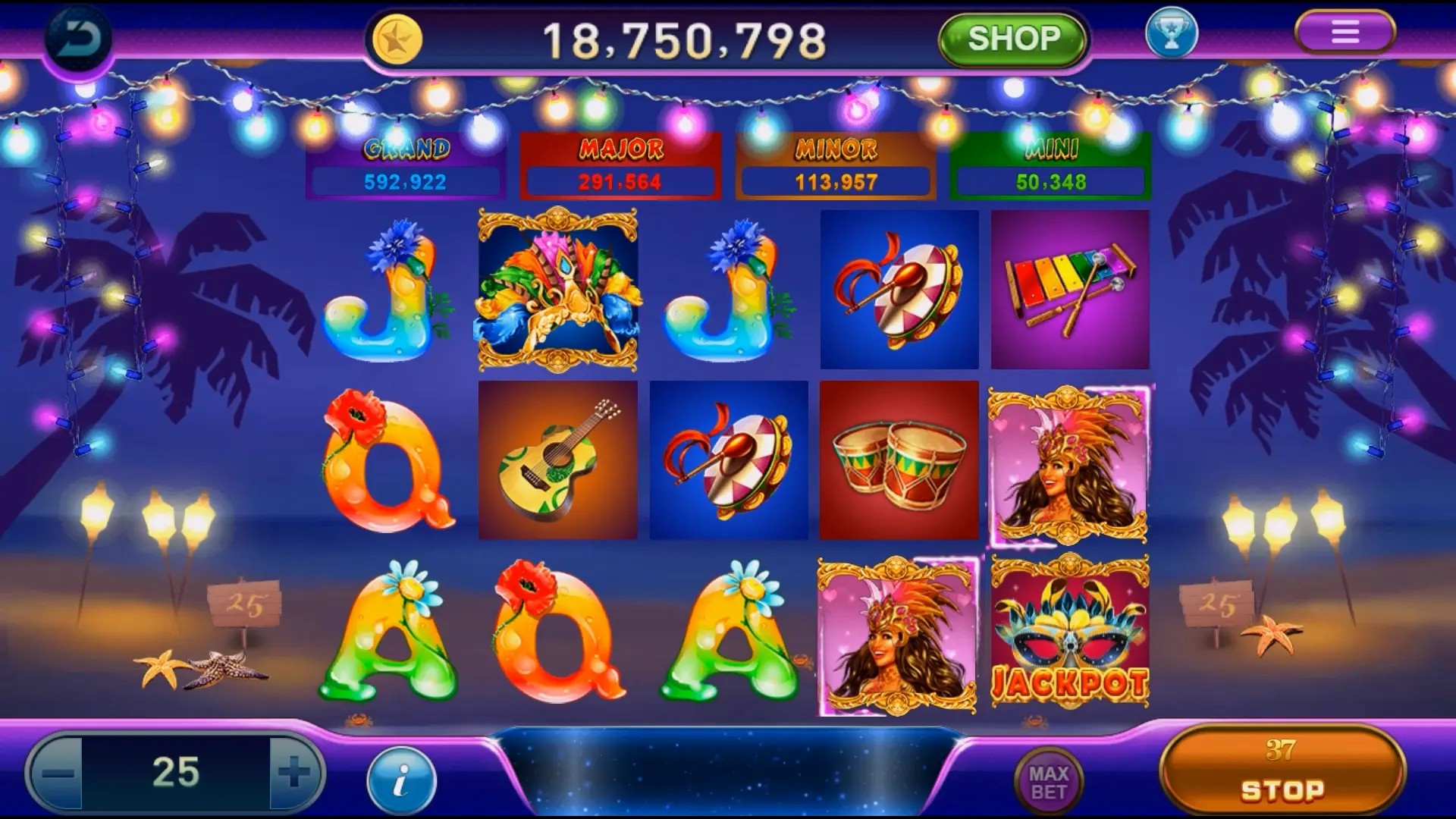Exploring the Intersection of Open World Games and Educational Games: A New Frontier in Learning
In the rapidly evolving world of gaming, the intersection between open world games and educational games is gaining significant attention. As game developers aim to create immersive experiences, the potential for educational tools within expansive digital landscapes becomes increasingly relevant.
The Appeal of Open World Games
Open world games provide players with vast environments to explore, offering a sense of freedom and creativity that is hard to replicate in linear gameplay. Renowned titles like Grand Theft Auto and The Legend of Zelda: Breath of the Wild invite players to engage with their surroundings, solve puzzles, and embark on quests. But what if such games could also serve educational purposes?
Educational Games: More Than Just Fun
- Learning how to solve problems
- Enhancing critical thinking skills
- Improving teamwork and collaboration
- Developing patience and perseverance
Educational games are designed to foster learning in an engaging and interactive format. By blending fun with education, these games can mobilize students and encourage participating from a young age.
ASMR Sorting Games: A Unique Educational Twist
ASMR sorting games have gained traction for their soothing audio-visual experiences. These games not only promote relaxation but can also serve as effective tools in educational settings, enhancing focus and attention. Imagine a game where players sort items in a serene environment while learning about categories or languages.
The Role of Narratives in Open World Educational Games
Narratives are fundamental in both open world and educational games. They provide context and a deeper understanding of the material presented. Players often feel more invested when a game has a compelling story. This narrative-driven approach can lead to increased motivation to learn.
Delta Force: Xtreme 2 as a Case Study
Delta Force: Xtreme 2 incorporates elements of strategy and teamwork, enhancing players' abilities to think critically and work cooperatively. Although primarily a military shooter, aspects of planning and execution in the game can provide valuable insights into strategic thinking applicable in real-world scenarios.
Creating a Learning Framework
To effectively integrate open world characteristics into educational games, a structured learning framework is vital. Both developers and educators must collaborate to ensure that the educational objectives are met without compromising the engaging aspects of the game.
Comparing Traditional and Digital Learning Tools
| Traditional Learning Tools | Open World Educational Games |
|---|---|
| Standard textbooks | Dynamic, interactive environments |
| Class lectures | Self-directed exploration |
| Written tests | Experiential challenges |
Benefits of Mixing Open World Games with Educational Content
- Engagement: Players are more likely to invest time in a game that captivates their attention.
- Retention: Educational content presented in fun formats increases memory retention.
- Adaptability: Games can be designed to adjust to individual learning paces and styles.
Real-World Impact of Educational Gaming
Studies show that students using educational games perform better academically. By immersing themselves in interactive learning, they develop a passion for subjects that may have otherwise been unengaging.
Challenges in Developing Educational Open World Games
Creating a successful educational game is not without its hurdles:
- Balancing entertainment and education
- Developing appropriate content that meets educational standards
- Ensuring that the game remains accessible to all students
Potential Future of Open World Educational Games
The potential future for open world educational games is bright. With continual technological advancements, developers can harness the power of virtual reality and AI to create even more immersive and educational experiences that can captivate and educate players globally.
Conclusion
In conclusion, the melding of open world games and educational games represents a significant opportunity for the future of learning. As developers explore new ways to engage players, the potential for fostering knowledge through interactive experiences only grows. This blend not only piques students' interests but also prepares them for a world that increasingly requires critical thinking, creativity, and adaptability. The journey into this new frontier of learning is just beginning, and it promises to be as exciting as the worlds waiting to be explored.



